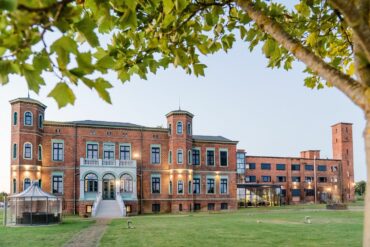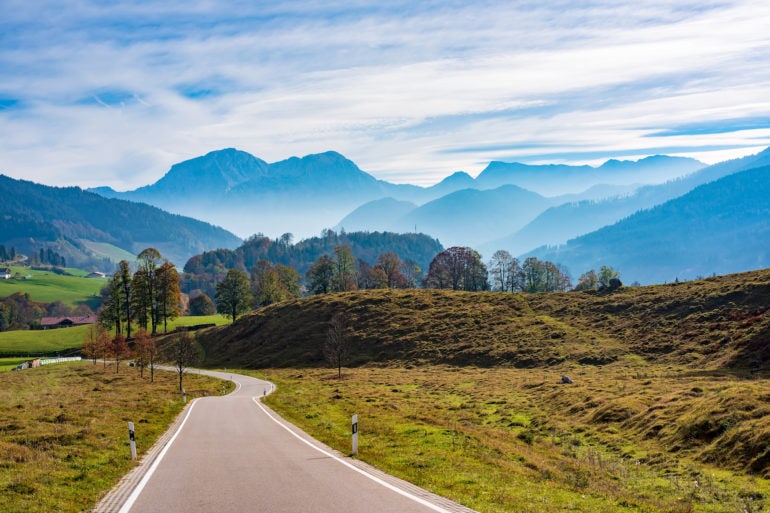Castles, rivers, vineyards, shopping: This road trip in Germany has it all. From Trier along the Moselle, Rhine and Main till Frankfurt.
In Brandenburg, travelers can discover historic industrial sites like huge open-cast mining machines and factory housing estates.
Ten road trips through Germany with tiny detours into neighbouring countries. Great landscapes, interesting history and fabulous creatures – it’s all here!


